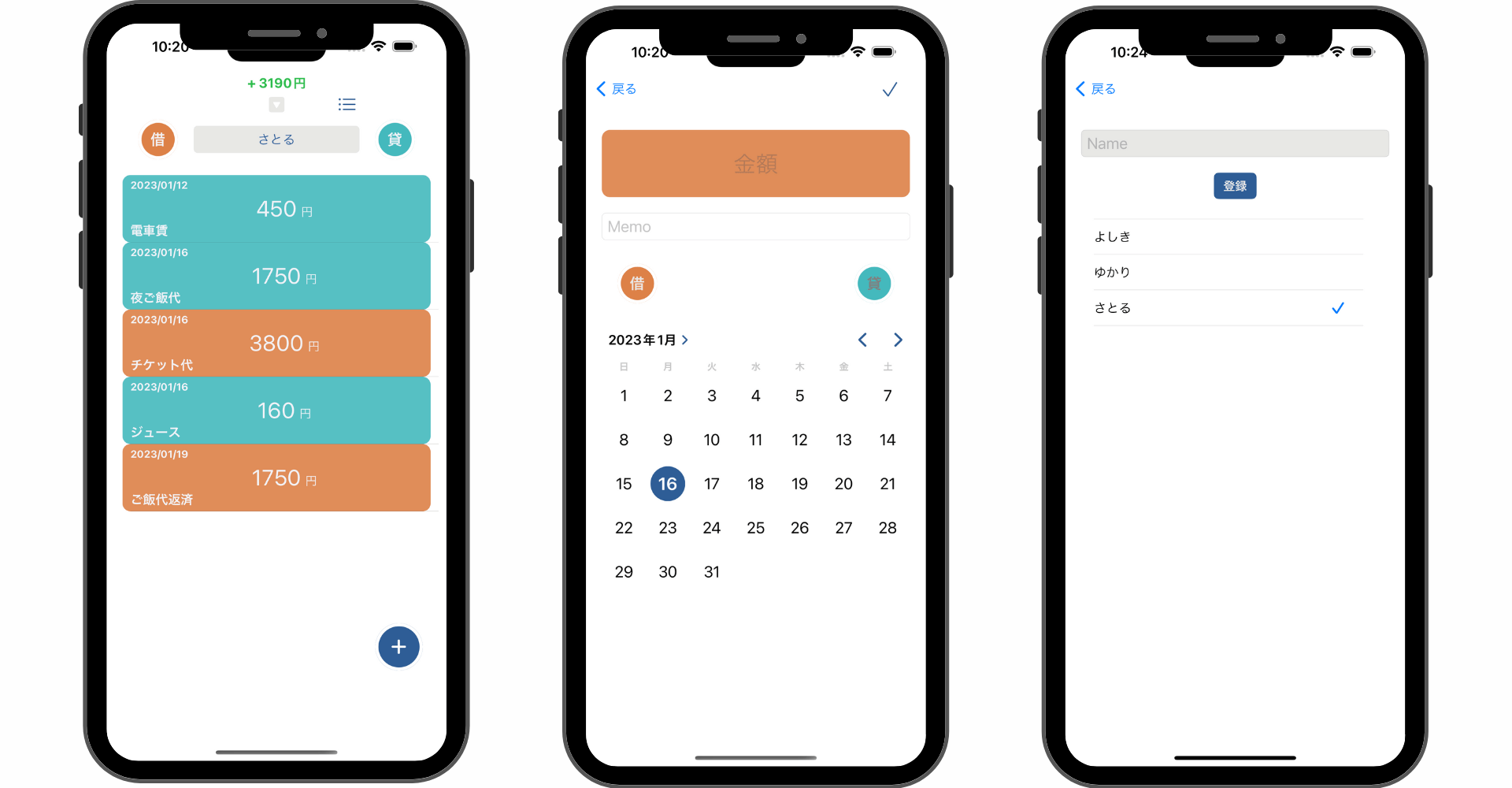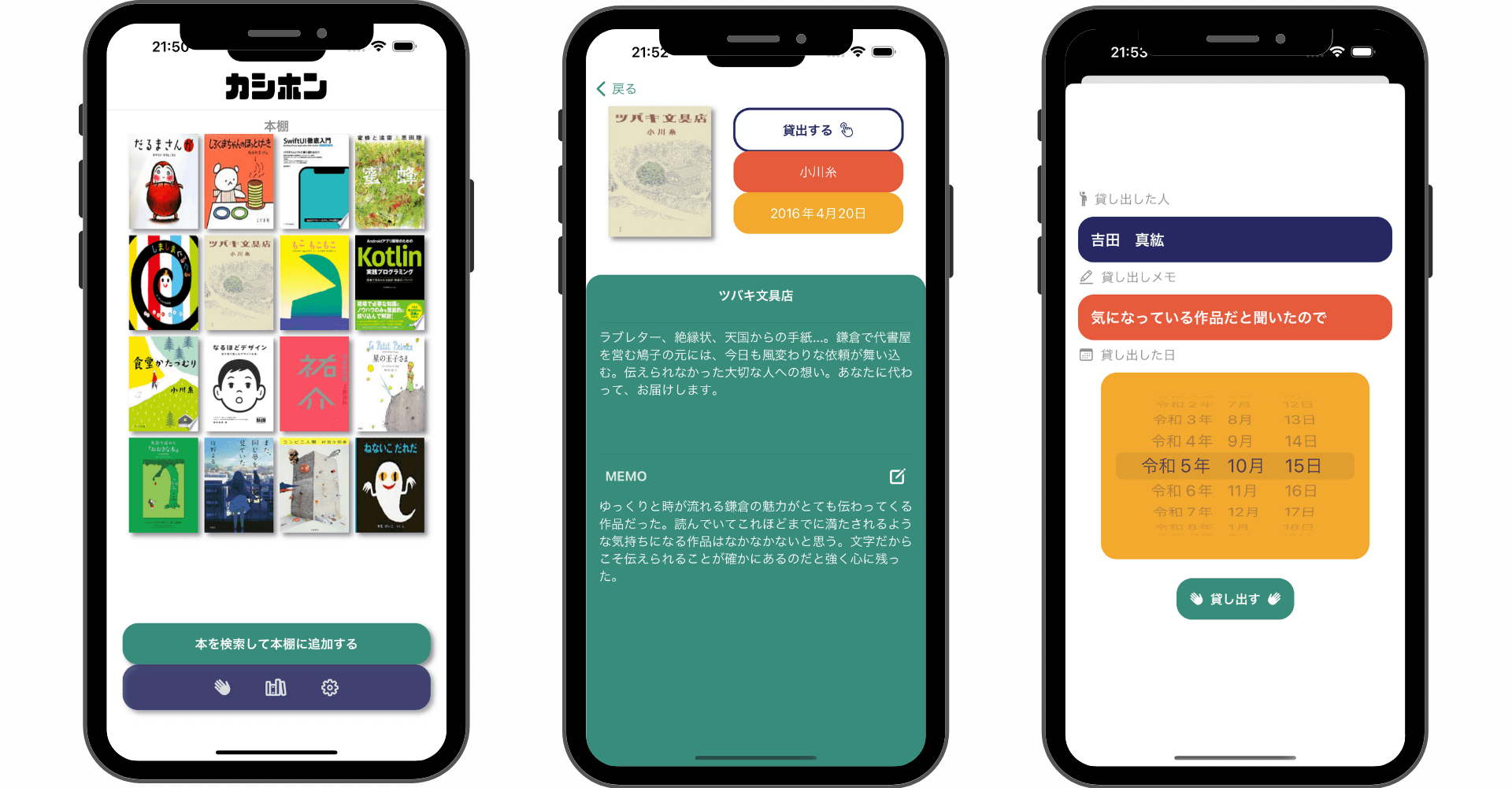【Swift/Core Data】perform/performAndWaitの使い方!newBackgroundContext

この記事からわかること
- Swift/Core Dataでperform/performAndWaitメソッドの使い方
- newBackgroundContextを参照するときの注意点
- マルチスレッド対応
\ アプリをリリースしました /
参考文献:公式リファレンス:Core Data プログラミングガイド〜Concurrency〜
環境
- Xcode:15.0.1
- iOS:17.0
- Swift:5.9
- macOS:Sonoma 14.1
まだまだ勉強中ですので間違っている点や至らぬ点がありましたら教えていただけると助かります。
newBackgroundContextとは?
Core Dataでデータを操作する際に長時間かかる処理や大量のデータを処理する時などメインスレッドで実行したくない(UIをブロックしたくない)場合にはスレッドを分けて処理を実装することも多いと思います。しかしCore Dataはスレッドセーフではないためマルチスレッドでデータを扱う際には異なるスレッドから同一のContext(NSManagedObjectContext)を操作しないように注意が必要になります。Contextを異なるスレッドから参照しないようにする方法はいくつかあるようですがnewBackgroundContextメソッドもその1つです。
newBackgroundContextメソッドはNSPersistentContainerの持つメソッドでバックグラウンドスレッド(プライベートキュー)用のContext(NSManagedObjectContext)を作成する役割を持っています。ここで生成されるContextはメインで使用しているContextとは別物なので、データを変更しても即座にメインのContextにマージされないため、適切なタイミングで明示的に変更を保存する必要があります。
またnewBackgroundContextで生成したContextからデータ取得や追加を行う際はperformまたはperformAndWaitブロックの中で操作する必要があるようです。
performメソッド
公式リファレンス:NSManagedObjectContext.performメソッド
performはNSManagedObjectContextが持つメソッドで指定されたコンテキストでブロック内の処理を実行する役割を持っています。非同期で処理を行い、指定されたコンテキストのスレッドで実行されます。
performAndWaitメソッド
公式リファレンス:NSManagedObjectContext.performAndWaitメソッド
performAndWaitメソッドはperformと同じ役割を持っていますが、異なるのは同期的に実行される部分です。そのためブロック内の処理が完了するまで、現在のスレッドがブロックされるのでメインスレッドでの使用には注意が必要です。ただ利点として先ほど完了ハンドラーで受け取っていた結果を返り値として受け取ることができるようになります。
マルチスレッドに対応したCore Data管理クラスを実装してみる
マルチスレッドに対応したCore Data管理クラスを実装してみました。DispatchQueueなどを使用してスレッドを変更してアプリがクラッシュしないか試してみてください。至らぬ点やもっとこうした方が良い点がありましたら教えていただけると助かります。
この管理クラスはGithubに挙げているので参考にしてください。
おすすめ記事:MyCoreDataTest
ご覧いただきありがとうございました。











